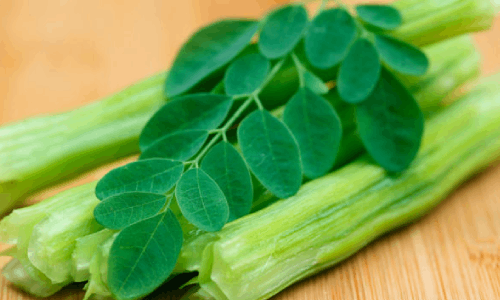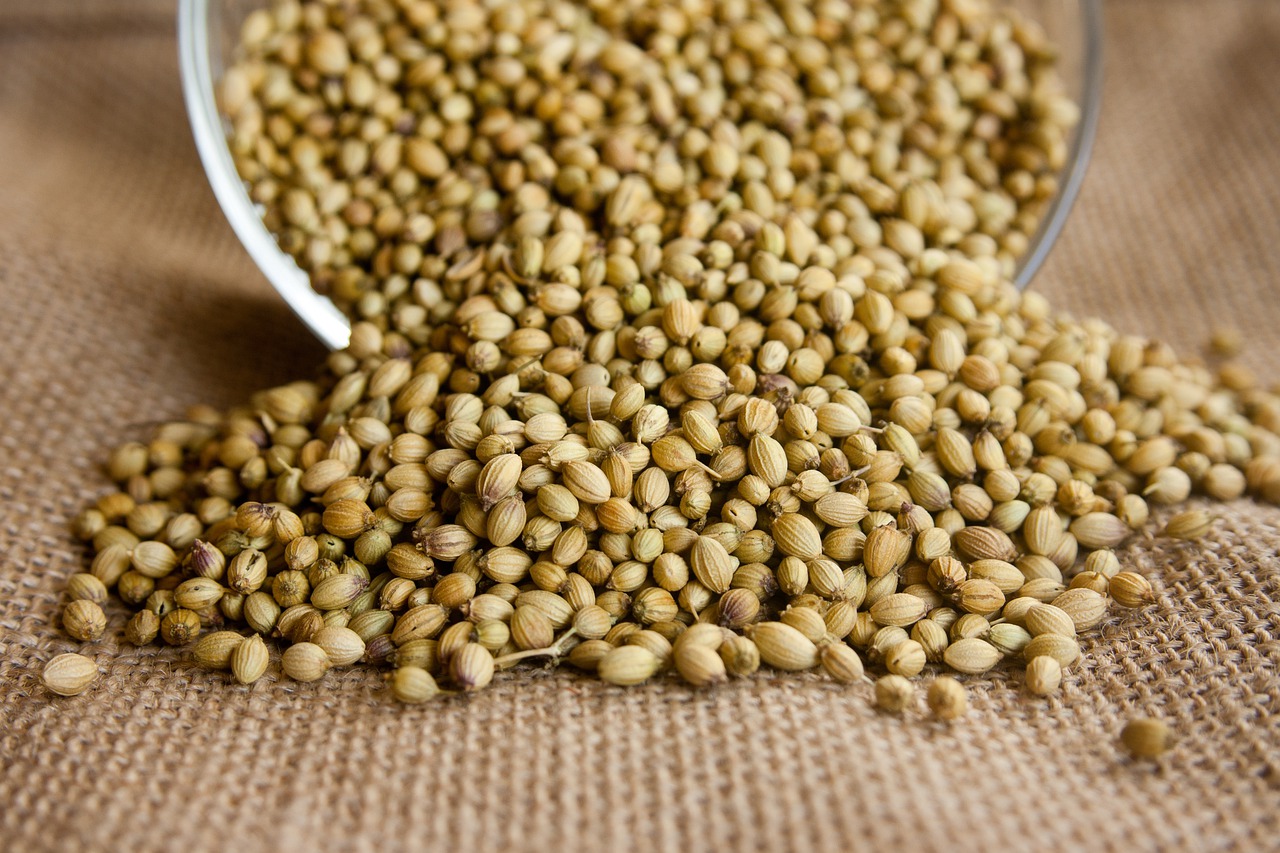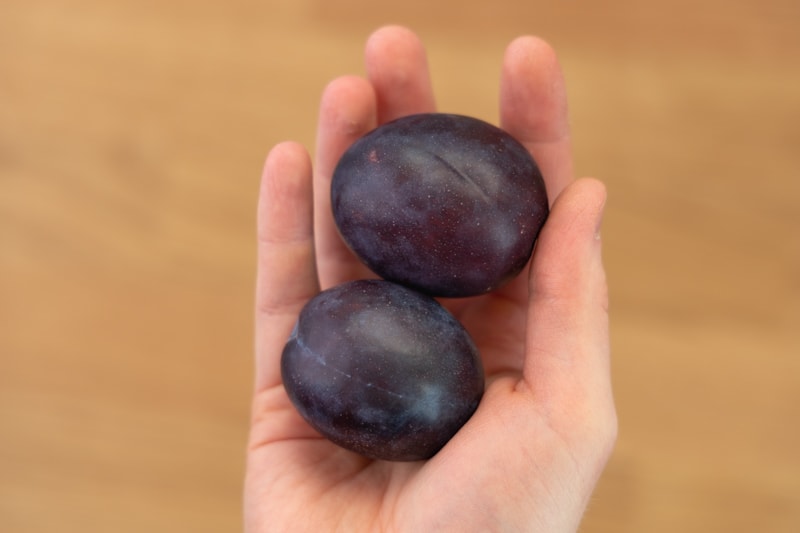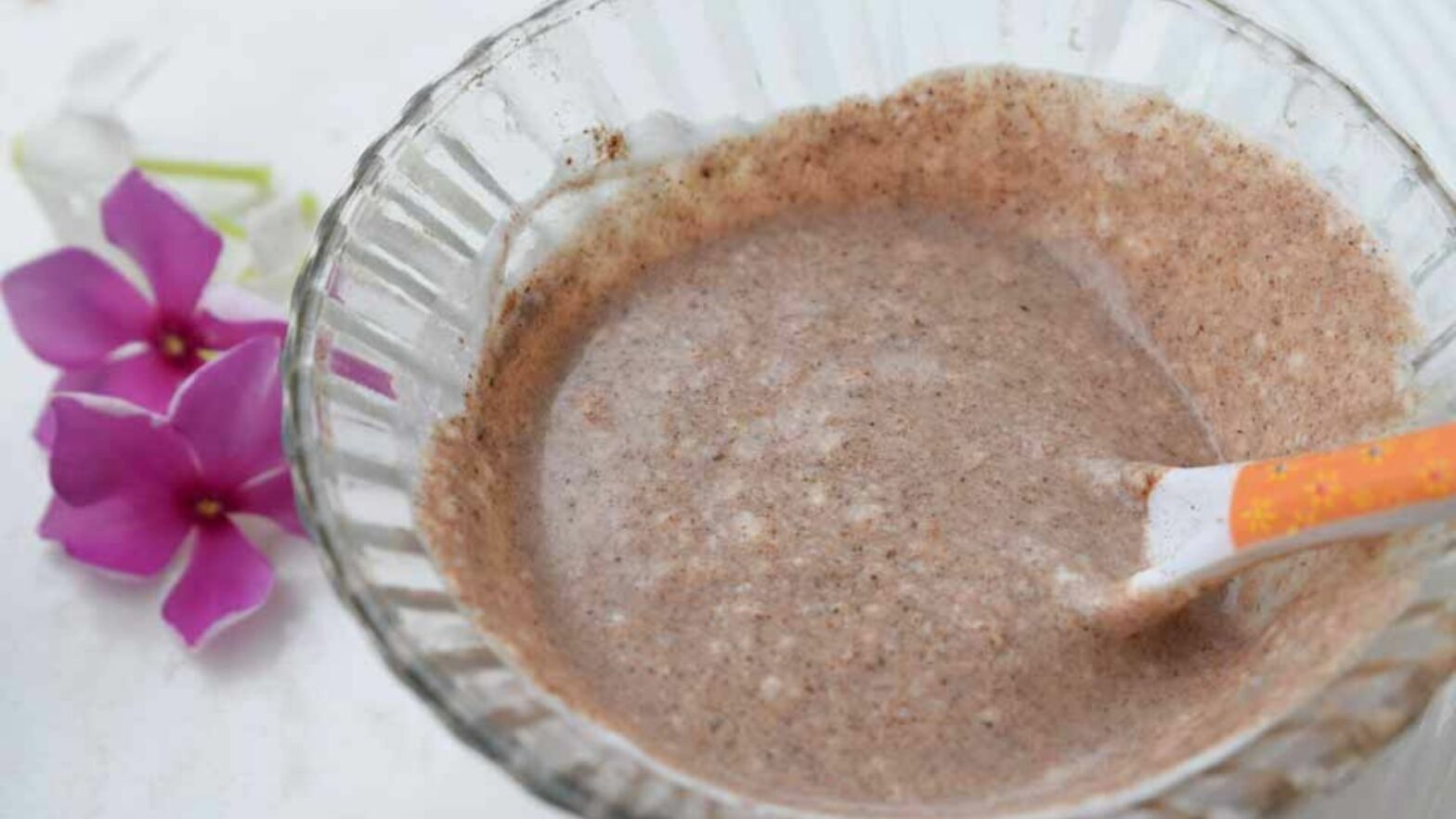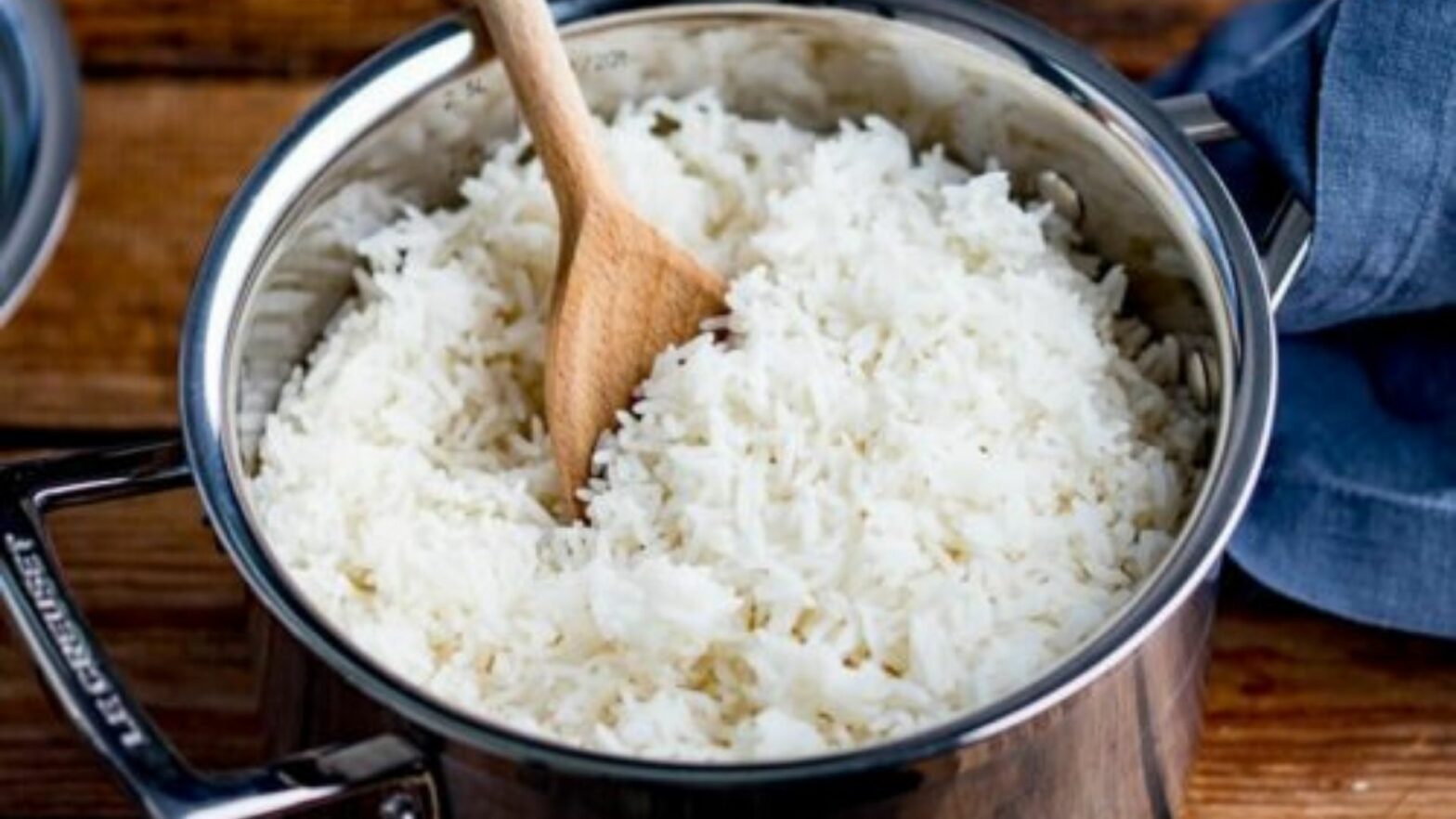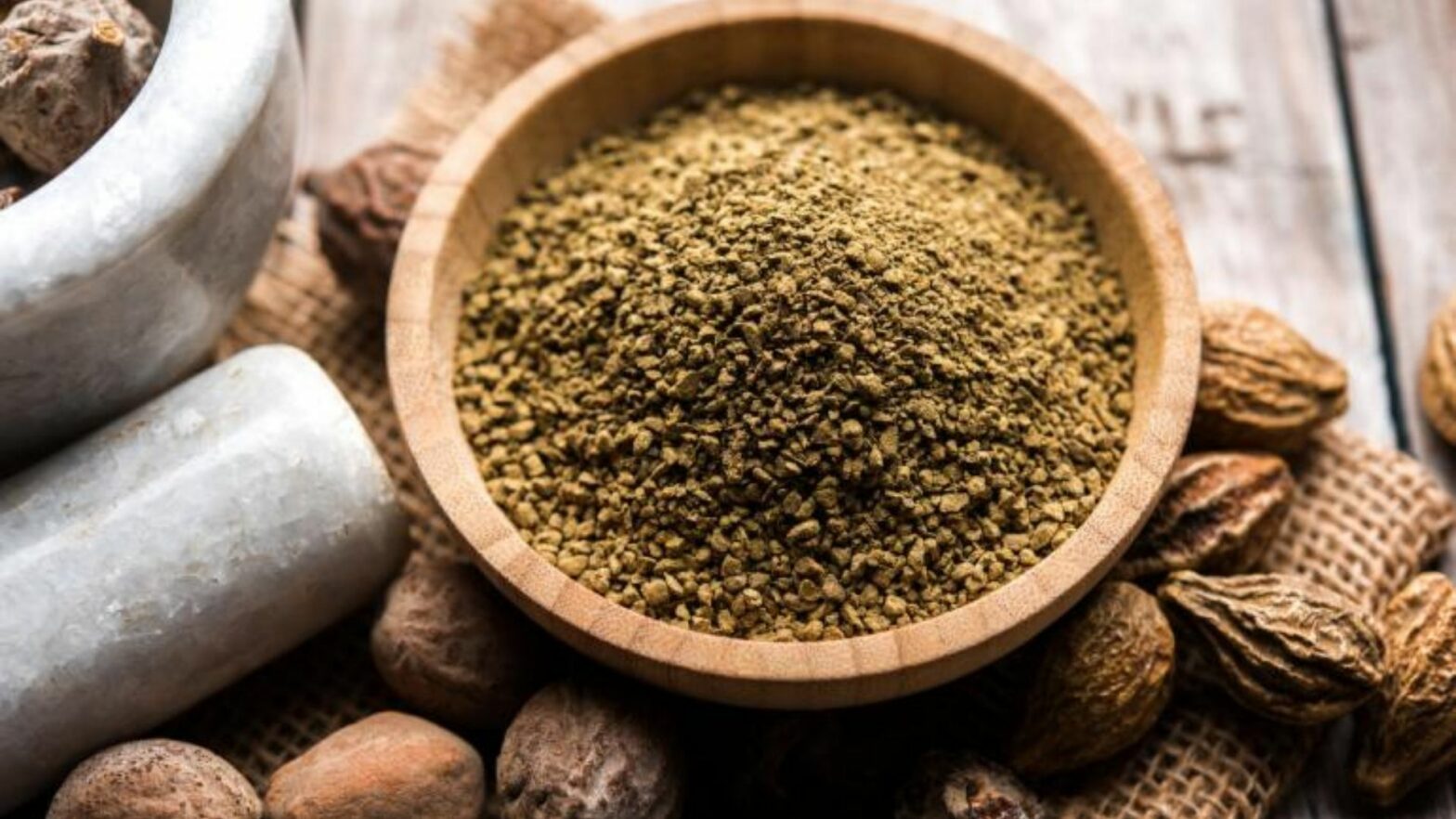“Kitchari is a nutritious Indian dish consisting of rice and lentils or occasionally mung beans. Highly favored by Ayurvedic practitioners, Kitchari is an ideal dish for purifying the body. It is also comforting when you are not feeling well or bouncing back from overindulgence. Kitchari is unique because it provides both a cleansing and nourishing effect on the body. It is easily digestible, giving your body a chance to rest, assisting in removing toxins from the body and improving the health of the digestive system. Lentils and beans are rich in protein, which can help prevent hunger and reduce fat storage in the body. Kitchari is nourishing and helps keep you satisfied, making it easier to stay committed to the cleanse without feeling hungry. ” The notion that I have described above is what I have found in Google elaborating all the benefits of Kitchari, but there are some quick facts that I would like to share related to this concept. Kitchari is the most famous and hyped Ayurvedic Food on the internet. It is a typical Indian lunch dish. Ayurveda is much more than a Kitchari! There are so many fantastic recipes (I will introduce a few in my future posts) in Ayurveda; why only Kitchari? The fact is, most Kitchari recipes I have come across on the internet and in many Western Ayurvedic cookbooks are totally wrong. So why is Kitchari, not the real Kitchari? Firstly, the name itself is wrong! Sanskrit name (Ayurvedic texts): Krsara Indian name (Hindi): Khichdi Internet name: Kitchari (Who named this?) During my six years in Ayurveda College, I did not have Wi-Fi. I had no access to the outside world. Once I came to Dubai and started reading up things online, I had a revelation – Kichari is synonymous with Ayurveda! Whoever talks about Ayurvedic food talks about the dish! I had to literally go back to my textbooks to see if I missed something so important! I just realized that’s how the Ayurvedic internet world works and also went through a few Western Ayurvedic books – they also mention the same Kitchari but got all that wrong! First, it is not made with Basmati Rice (Basmati rice is the most inferior quality of rice according to Ayurveda) Also, it is not made with coconut oil (Coconut oil is heavy, cold, and difficult to digest). The new-age Kitchari is heavy and hard to digest, while the real Ayurvedic one is totally digestible, light, and suitable for all Doshas, especially Vata! It is excellent as a mono diet for detoxification, too! The recipe This is the (Real) recipe for preparing Kitchari. Ingredients 12 parts unbroken Sona Masoori rice Eight parts mung beans, a.k.a green gram (soaked) Asafoetida Fresh ginger Ghee Salt to taste How to prepare: Cook rice and soaked mung beans in water till it comes to a dry oatmeal consistency. In a pan, add one tablespoon of ghee, fresh ginger, asafoetida and turmeric. Add a little salt to taste if you wish, and add to the cooked rice beans mix. That’s it! Simple. Light. Digestive! Kitchari is one of the most delicious and healthy foods for the diet, but you should focus on preparing it with the correct ingredients and cooking methods. I can name you the most famous western Ayurvedic author, giving Kitchari recipe with Basmati rice and coconut oil, making it totally wrong!! Try to learn and practice Ayurveda directly from authentic Ayurvedic textbooks written by Vagbhata, Caraka, or Susrutha. Trust me, your eyes will open to a whole new world! If you are struggling with any health issues, you can book a consultation with us or give us a message via WhatsApp at +91 79074 89839. We have the Best Ayurvedic Doctors in Trivandrum who is always glad to helps you . If you have any queries, contact us. You can also visit.
Kitchari Myths and the Truth About Its Ingredients

